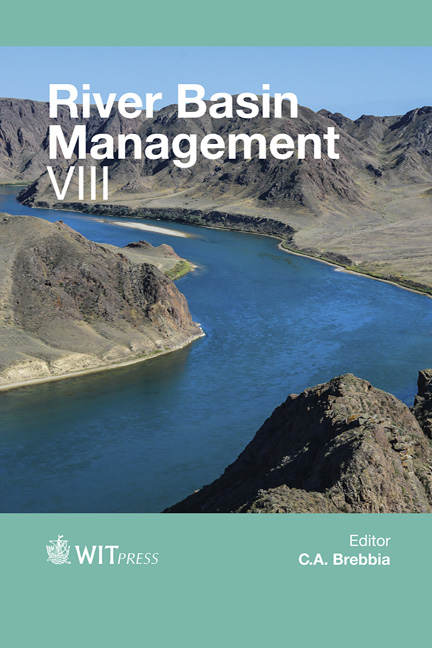Spatial And Temporal Variation In Flooding Of Rural Floodplain Farming Areas In The Okavango Delta, Botswana
Price
Free (open access)
Transaction
Volume
197
Pages
9
Page Range
71 - 79
Published
2015
Size
374 kb
Paper DOI
10.2495/RM150071
Copyright
WIT Press
Author(s)
C. Molefe, L. Cassidy, L. Magole, M. J. Chimbari
Abstract
The Okavango Delta is subject to annual and inter-annual inundation of varying magnitude. The inundation impacts on livelihoods of communities reliant upon the Delta for subsistence. One such livelihood option is flood recession (molapo) farming. Flood recession farming contributes substantially to rural livelihoods, however communities are faced with many challenges, particularly the unpredictability and unreliability of flooding. The study sought to determine the spatial and temporal variation in flooding that has occurred in the floodplains. Nine Landsat images were analysed. The analysis covered the period 1989 to 2008, it focused on three flood seasons each 10 years apart. The study took place in three villages on the peripheries of the Delta. Results show that the three study villages not only have very different floodplain lands available, but they also show different flooding patterns. The implication of this is that for both farmers and planners, it is not possible to have a single, blanket response to Delta flood inflows. Research outputs need to be communicated at the village level so that people can better accommodate the variation experienced where they live.
Keywords
Botswana, Okavango Delta, remote sensing, flood mapping, flood recession farming, Okavango River Basin, Landsat imagery, Tasseled Cap, band ratio, band 6 threshold





